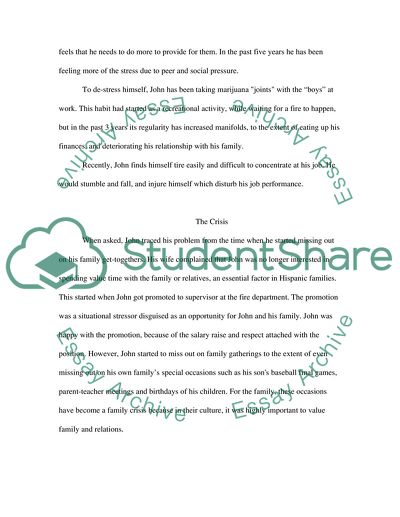Cite this document
(Crisis Intervention Using ABC Model Research Paper, n.d.)
Crisis Intervention Using ABC Model Research Paper. Retrieved from https://studentshare.org/psychology/1728318-crisis-intervention
Crisis Intervention Using ABC Model Research Paper. Retrieved from https://studentshare.org/psychology/1728318-crisis-intervention
(Crisis Intervention Using ABC Model Research Paper)
Crisis Intervention Using ABC Model Research Paper. https://studentshare.org/psychology/1728318-crisis-intervention.
Crisis Intervention Using ABC Model Research Paper. https://studentshare.org/psychology/1728318-crisis-intervention.
“Crisis Intervention Using ABC Model Research Paper”, n.d. https://studentshare.org/psychology/1728318-crisis-intervention.


